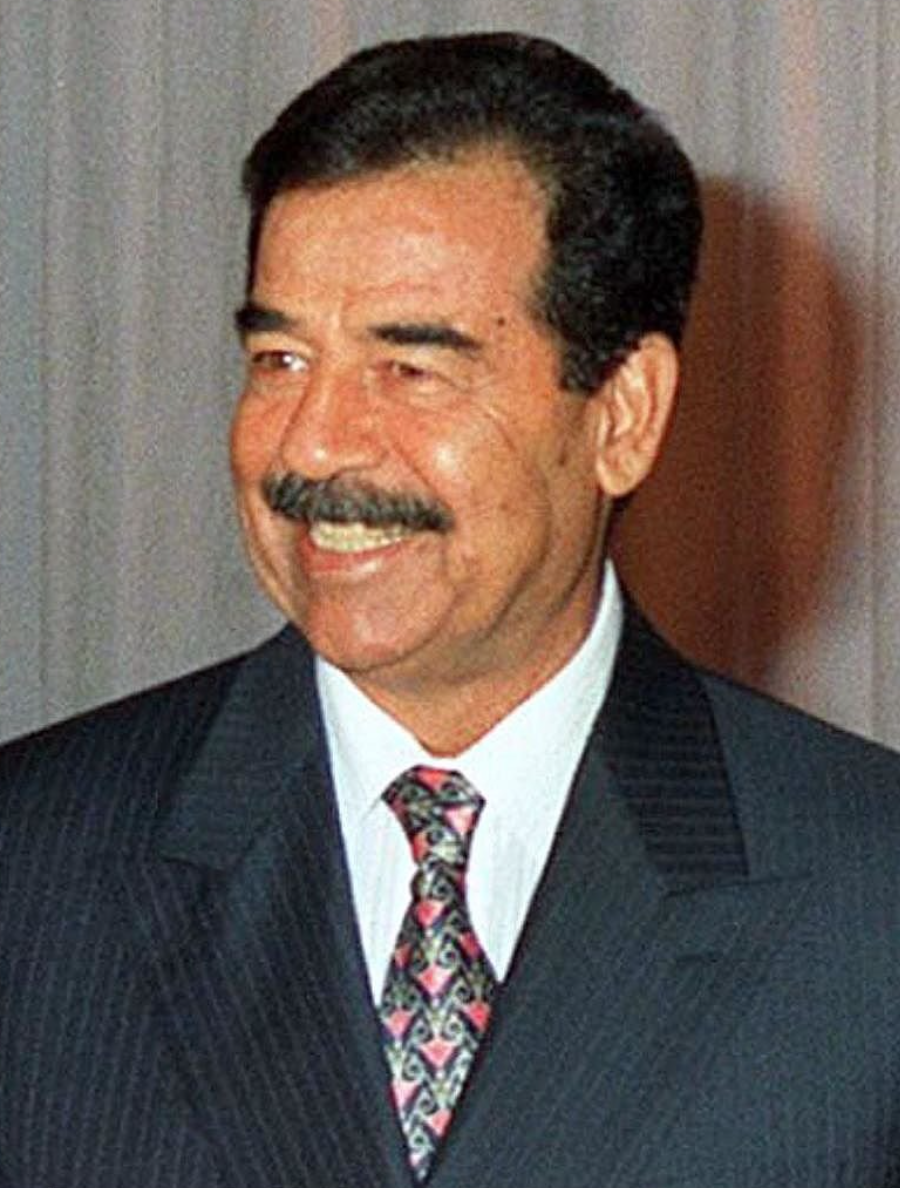Disir
Platinum Member
- Sep 30, 2011
- 28,003
- 9,607
- 910
What used to be an apartment, a home, is now part of what is barely a building. A message is spray-painted on the bullet-ridden wall: “Don’t demolish the apartment because it’s sound, thank you”. It is true – compared to any other building in west Mosul’s Old City, it is sound.
As you walk through the Old City neighborhood, you are surrounded by piles of rubble, torn down roofs, and scorched walls. But what is left of the walls speak to you as you move past them, reading off scripts written in the colors of the Iraqi flag; “we want a peaceful country” in red; “freedom” in green; “I want my rights” in black.
The scars of the oppressive rule of the Islamic State (ISIS) and the war with it that followed in Mosul cut deep, and are unlikely to heal soon. But what is seeing repair – slowly but surely – are its landmark buildings, their reconstruction soundtracked by the sound of hammers, drills and shovels being put to work.
In the Old City is Jami al-Kabir (Great Mosque) Street, where al-Nuri Mosque stands. It once held a symbolic significance for ISIS, because it was where their leader, Abu Bakr al-Baghdadi, declared the establishment of the caliphate in 2014, following the ISIS occupation of Mosul.
The mosque and its leaning al-Hadba ("hunchback") minaret, which stood at 45 meters tall, were built in 1172 and became iconic Mosul landmarks. Both were destroyed during the battle of Mosul in 2017, two of more than 40 historically valuable buildings were either destroyed or completely torn down during ISIS rule and the war that followed.
And all of this work isn't going to matter if they are faced with more war.
As you walk through the Old City neighborhood, you are surrounded by piles of rubble, torn down roofs, and scorched walls. But what is left of the walls speak to you as you move past them, reading off scripts written in the colors of the Iraqi flag; “we want a peaceful country” in red; “freedom” in green; “I want my rights” in black.
The scars of the oppressive rule of the Islamic State (ISIS) and the war with it that followed in Mosul cut deep, and are unlikely to heal soon. But what is seeing repair – slowly but surely – are its landmark buildings, their reconstruction soundtracked by the sound of hammers, drills and shovels being put to work.
In the Old City is Jami al-Kabir (Great Mosque) Street, where al-Nuri Mosque stands. It once held a symbolic significance for ISIS, because it was where their leader, Abu Bakr al-Baghdadi, declared the establishment of the caliphate in 2014, following the ISIS occupation of Mosul.
The mosque and its leaning al-Hadba ("hunchback") minaret, which stood at 45 meters tall, were built in 1172 and became iconic Mosul landmarks. Both were destroyed during the battle of Mosul in 2017, two of more than 40 historically valuable buildings were either destroyed or completely torn down during ISIS rule and the war that followed.
And all of this work isn't going to matter if they are faced with more war.

